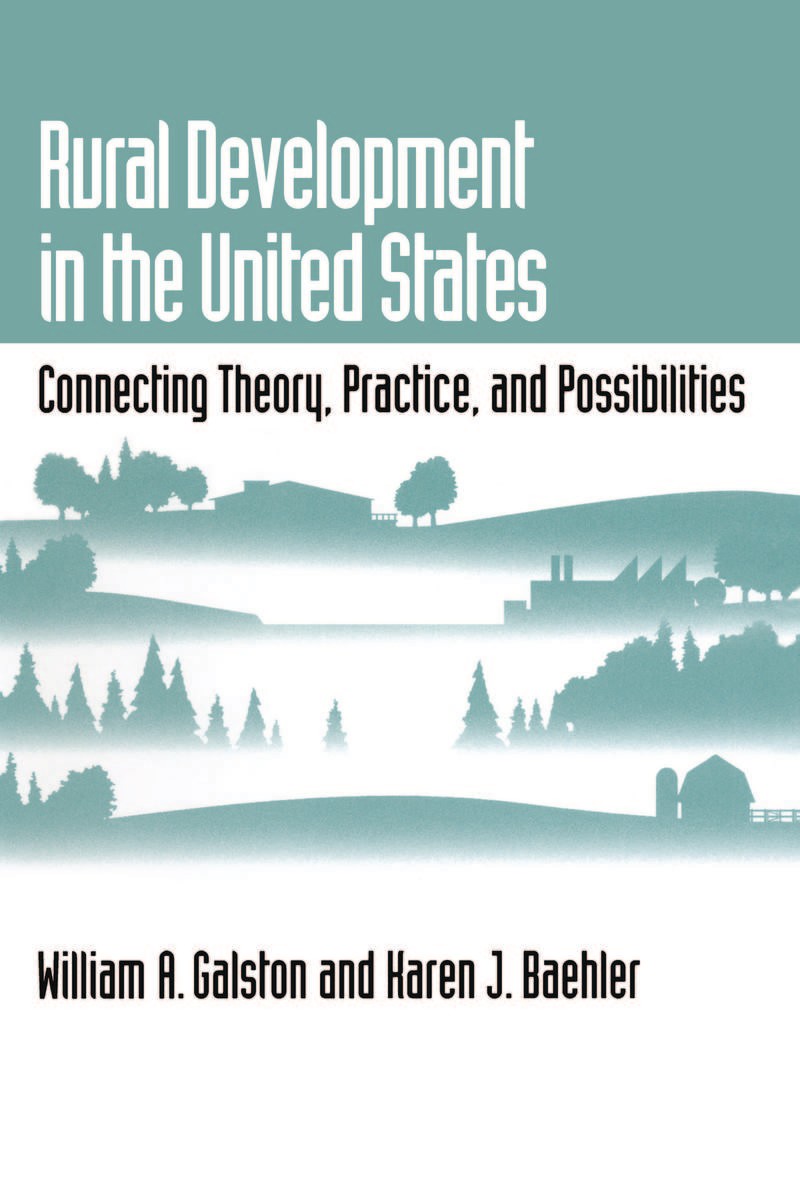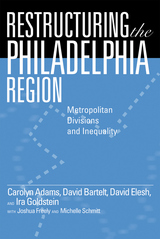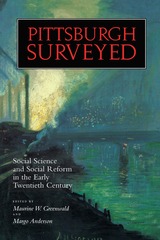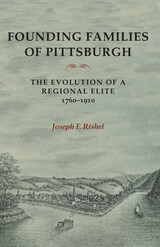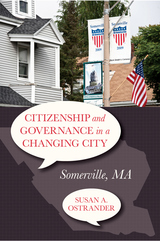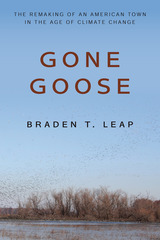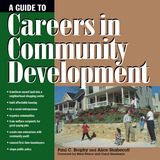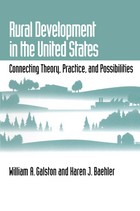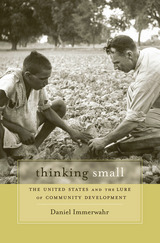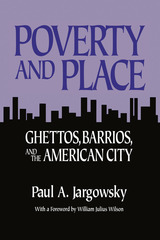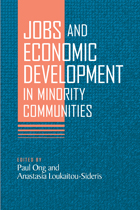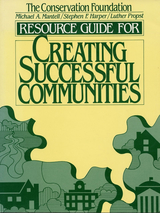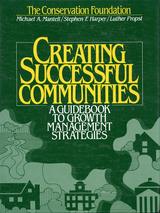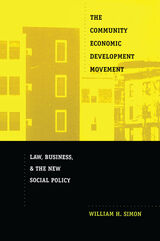Rural Development in the United States: Connecting Theory, Practice, and Possibilities
Island Press, 1995
Paper: 978-1-55963-326-0
Library of Congress Classification HN90.C6G35 1995
Dewey Decimal Classification 307.14120973
Paper: 978-1-55963-326-0
Library of Congress Classification HN90.C6G35 1995
Dewey Decimal Classification 307.14120973
ABOUT THIS BOOK | AUTHOR BIOGRAPHY | TOC | REQUEST ACCESSIBLE FILE
ABOUT THIS BOOK
It includes important information about how national and international trends affect rural communities and development strategies and will help guide rural economic development policy in the United States during the 1990s and beyond.
Rural Development in the United States presents a comprehensive evaluation of the economic, environmental, and political implications of past rural development and a thorough consideration of the directions in which future development efforts should go. The authors have assembled the best of what is being thought and done with regard to rural development in the United States, and place it in a broad theoretical, historical, and geographical context. The book provides:
- a summary of the key findings in rural development research of the past twenty years
- an integration of development theory and practical experience
- a bridge between the related but often isolated disciplines that inform rural development
- a catalyst for new thinking in the area of rural development
- analysis of the key economic sectors in rural areas: natural resources, the service sector, elderly services, telecommunications, manufacturing, tourism, and high-technology
It includes important information about how national and international trends affect rural communities and development strategies and will help guide rural economic development policy in the United States during the 1990s and beyond.
See other books on: Possibilities | Practice | Rural conditions | Rural development | Sustainable Development
See other titles from Island Press
